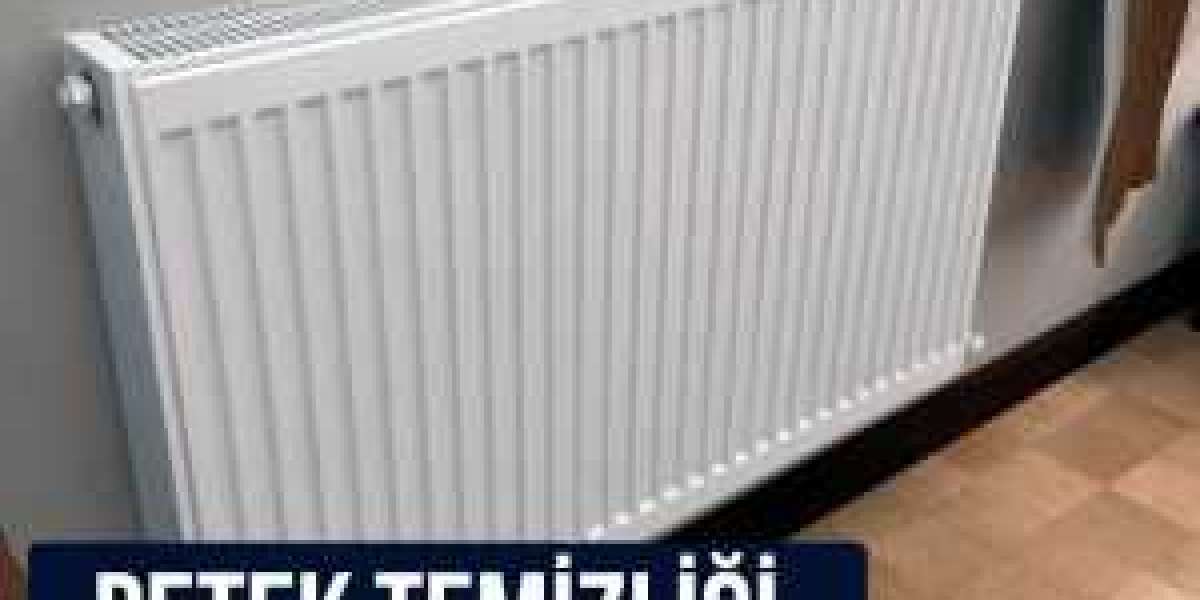Brisbane's varied landscapes and sloping terrains often necessitate the use of concrete retaining walls for both residential and commercial properties. These Brisbane Concrete Retaining Walls are fundamental in managing soil erosion, stabilizing slopes, and creating usable spaces in areas where the natural gradient of the land would otherwise make construction challenging. Concrete retaining walls are particularly favored in Brisbane due to their robustness and adaptability to the region's unique climatic conditions.
When constructing a concrete retaining wall, it's crucial to understand the specific requirements of the Brisbane environment. The subtropical climate, characterized by heavy rains and occasional flooding, demands materials and designs that can withstand these elements. Proper drainage systems must be incorporated to prevent water build-up, which can compromise the wall's stability over time.
Additionally, the choice of concrete mix and reinforcements plays a significant role in the wall's longevity. Using high-quality materials ensures that the retaining wall remains structurally sound and resistant to weathering. The wall's design should also account for the type of soil present, as different soils exert varying pressures on the structure.
By considering these factors, you can construct a retaining wall that not only serves its functional purpose but also enhances the aesthetic appeal of the landscape.
Understanding Different Types of Brisbane Concrete Retaining Walls
There are several types of concrete retaining walls to consider, each with its unique advantages:
- Gravity Walls: These rely on their considerable weight to retain soil. Constructed from concrete or stone, they are best suited for low-height applications where the sheer mass can counteract soil pressure.
- Cantilevered Walls: Featuring a reinforced concrete base, these walls utilize leverage to support larger loads. The cantilever design allows for taller structures and more substantial projects, making them ideal for areas requiring significant soil retention.
- Sheet Piling Walls: Made from materials like steel, vinyl, or wood, these thin walls are driven deep into the ground and are well-suited for soft soil conditions. They are particularly effective in tight spaces or areas with loose, sandy soils.
- Anchored Walls: These walls employ anchors driven into the ground to provide additional support, making them perfect for high-load scenarios. The anchors, usually made of metal rods, are fixed into the wall and anchored deep into the soil behind it, providing robust stability.
Choosing the right type of retaining wall for your Brisbane property depends on factors such as soil type, load requirements, and available space. Understanding these options will help in selecting the most appropriate and effective retaining wall for your needs.
Materials Used in Brisbane Concrete Retaining Walls
The effectiveness and longevity of concrete retaining walls in Brisbane hinge on the materials chosen. Typically, the concrete mix comprises cement, sand, gravel, and water. The proportions of these elements can be adjusted to meet the specific demands of a project.
Steel reinforcements, often in the form of rebar, are integral to enhancing the structural integrity of the walls. These reinforcements distribute loads evenly and help the wall withstand external pressures. For added durability, it's advisable to use corrosion-resistant steel, particularly given Brisbane's humid subtropical climate.
Consideration of weather-resistant materials is paramount. Water-resistant concrete mixes are essential to combat the heavy rainfall common in Brisbane, while weatherproof sealants offer an additional layer of protection against moisture infiltration.
The choice of materials should also align with the type of soil present on the construction site. Different soils exert varying pressures, and the materials must be capable of withstanding these forces without compromising the wall’s stability. Using high-quality aggregates and additives can further improve the concrete's performance, ensuring it remains robust under Brisbane's diverse environmental conditions.
Ultimately, selecting the right mix of materials and reinforcements tailored to the local climate and soil conditions will ensure the construction of a durable and reliable retaining wall.
Planning Your Cheap Retaining Walls Brisbane
Proper planning ensures your Cheap Retaining Walls Brisbane project is both successful and economical:
- Site Assessment:
Start with a comprehensive analysis of the site. Examine soil type, slope gradient, and drainage needs to determine the most suitable wall design.
- Design Considerations:
Focus on the wall's height, thickness, and overall design to fulfil both functional and aesthetic objectives. Ensure the design accommodates local climatic conditions and soil characteristics.
- Permits and Approvals:
Familiarize yourself with local regulations and obtain the necessary permissions to avoid any legal complications. This step is crucial for ensuring compliance with Brisbane's building standards.
- Material Selection:
Opt for cost-effective yet durable materials. While concrete is a robust choice, ensure the mix is appropriate for Brisbane’s conditions, particularly considering its subtropical climate. High-quality reinforcements and water-resistant additives can provide additional longevity.
- Budget Planning:
Factor in all costs, including materials, labor, and any additional expenses like drainage systems. Seek multiple quotes to find the best deals and consider cost-saving measures such as sourcing local materials or undertaking certain tasks yourself.
- DIY vs. Professional Help:
Assess your skill level and the complexity of the project. While DIY can save money, larger or more complex walls might necessitate professional expertise to ensure safety and durability? Make an informed decision to balance costs with quality and safety.
Step-by-Step Guide to Building a Cheap Retaining Wall in Brisbane
Clear the area of vegetation and debris, ensuring the site is ready for construction. Mark out the wall's location accurately using stakes and string.
Excavate the soil to create a stable base for the wall. Ensure the trench is deep enough to support the wall's height and provide a solid foundation. Lay a gravel foundation, about 6 inches deep, to enhance drainage and support. Compact the gravel to create an even base.
Mix and pour the concrete into the prepared forms. Ensure the mix is consistent and free of air pockets. Use a shovel or a vibrating tool to settle the concrete and eliminate any gaps.
Reinforce the wall by placing steel rebar within the concrete forms before pouring. This will enhance the structural integrity and help the wall withstand external pressures.
Allow the concrete to cure properly, which typically takes about 48 hours. During this time, keep the concrete moist by spraying it with water, especially in hot weather, to prevent cracking.
Once cured, remove the forms carefully. Inspect the wall for any imperfections and apply finishes or sealants as needed to protect against Brisbane's weather conditions.
Common Mistakes to Avoid When Building Timber Retaining Wall
When constructing a timber retaining wall in Brisbane, there are several pitfalls to be aware of. One major issue is neglecting proper drainage; without it, water can accumulate behind the wall, leading to wood rot and structural failure. Another common mistake is using untreated or low-quality timber, which is more susceptible to Brisbane's humid climate and termite activity. Always opt for treated, high-grade timber to ensure longevity.
Incorrect installation of posts and supports can also compromise stability; posts should be buried deep enough to withstand soil pressure and anchored securely. Additionally, failing to account for soil type and slope can result in an inadequately designed wall that may not hold up over time. Properly analysing these factors helps in selecting the right design and materials. Finally, skipping routine maintenance, such as checking for signs of rot or insect damage and ensuring drainage systems remain clear, can lead to premature failure. Regular inspections and timely repairs are crucial for extending the lifespan of your timber retaining wall.
Maintenance Tips for the Longevity of Timber Retaining Wall Brisbane
To ensure your Timber Retaining Wall Brisbane stands the test of time, start by applying a high-quality sealant to protect against moisture. Brisbane’s humid climate can accelerate timber decay, making this step essential. Regularly inspect the wall for signs of rot or termite damage, paying close attention to the base where moisture tends to accumulate. Promptly treat any infested areas with appropriate insecticides to prevent further deterioration.
Check the drainage system frequently to ensure it's functioning correctly. Blocked drainage can lead to water build-up behind the wall, causing wood rot and compromising structural integrity. Clear any debris from drainage pipes and outlets to maintain optimal water flow. Reapply protective coatings periodically to shield the timber from the elements. Brisbane's intense sun can cause timber to warp or crack, while rain can accelerate wear. UV-resistant strains or paints can provide an additional layer of defense.
Ensure that any metal fixtures, such as bolts and brackets, are corrosion-resistant and securely fastened. Over time, these can loosen due to weathering and movement, so regular tightening and replacement of corroded parts are crucial. Lastly, avoid planting vegetation too close to the wall. Roots can exert pressure and cause structural issues. Opt for shallow-rooted plants to minimize this risk, ensuring your timber retaining wall remains in excellent condition.
Cost Considerations for Concrete Retaining Walls
Several factors influence the cost of concrete retaining walls in Brisbane, including the height and length of the wall, the materials used, and site-specific conditions such as soil type and accessibility. Taller walls or those requiring substantial reinforcements will naturally cost more due to increased material and labor demands.
- Material choice is another significant cost factor. Opting for high-quality concrete mixes and corrosion-resistant reinforcements may have higher upfront costs, but will save on future maintenance and repair expenses. Additionally, labor costs in Brisbane can vary, so obtaining multiple quotes from local contractors can help in securing a competitive rate.
- Budgeting tips include sourcing materials locally to reduce transportation costs and considering a DIY approach for smaller projects to save on labor fees. However, for larger or more complex walls, professional installation is often a wise investment to ensure structural integrity and compliance with local building regulations.
Comparing the long-term benefits of professional expertise against initial cost savings from DIY efforts can provide a clearer picture of the overall financial commitment required. By understanding these cost considerations, you can plan more effectively and allocate your budget to ensure a durable and functional retaining wall.
Conclusion
The construction of concrete retaining walls in Brisbane demands careful attention to detail and a comprehensive understanding of the local environment. Selecting the appropriate type of wall, such as gravity, cantilevered, sheet piling, or anchored walls, is crucial to match the specific requirements of the terrain and soil conditions. Utilizing high-quality materials, including corrosion-resistant steel reinforcements and water-resistant concrete mixes, ensures the wall's durability and resilience against Brisbane's subtropical climate. Proper site assessment and planning, including thorough consideration of design and material selection, contribute significantly to the project's success. Adhering to local regulations and obtaining necessary permits also ensures compliance with building standards. By combining these elements, one can construct a concrete retaining wall that not only serves its functional purpose but also enhances the aesthetic appeal and value of the property.
FAQS
1. What are the key advantages of Brisbane Concrete Retaining Walls?
Concrete walls provide robust strength, enduring durability, and aesthetic flexibility, suiting Brisbane’s diverse landscapes.
2. How important is drainage in retaining wall construction?
Proper drainage is essential to prevent water buildup, which can lead to structural failure.
3. Can I build a retaining wall without professional help?
While DIY is possible for smaller projects, professional expertise is advisable for larger, more complex walls to ensure safety and compliance with local regulations.
4. What maintenance does a concrete retaining wall require?
Regular inspections for cracks, maintenance of drainage systems, and reapplication of protective coatings are key to extending the wall’s lifespan.
5. What permits are needed for building retaining walls in Brisbane?
Local council regulations will determine the specific permits required based on the wall's height and location.
6. How can I ensure my retaining wall withstands Brisbane's weather conditions?
Using high-quality materials, applying weatherproof coatings, and incorporating effective drainage systems are critical measures.







